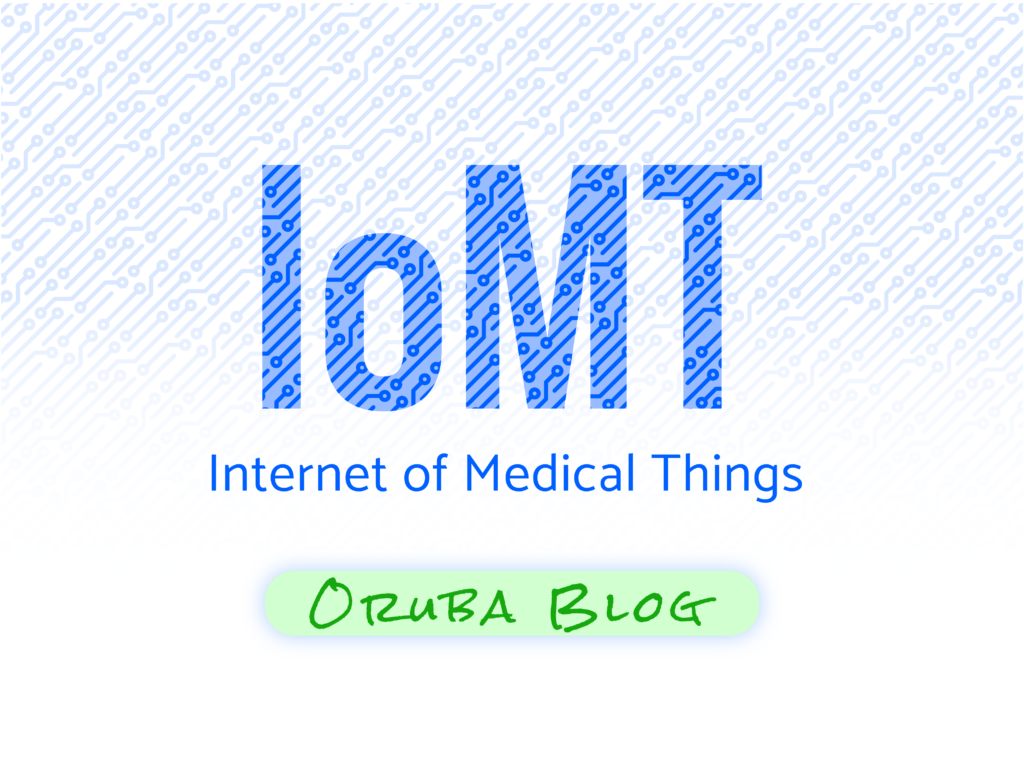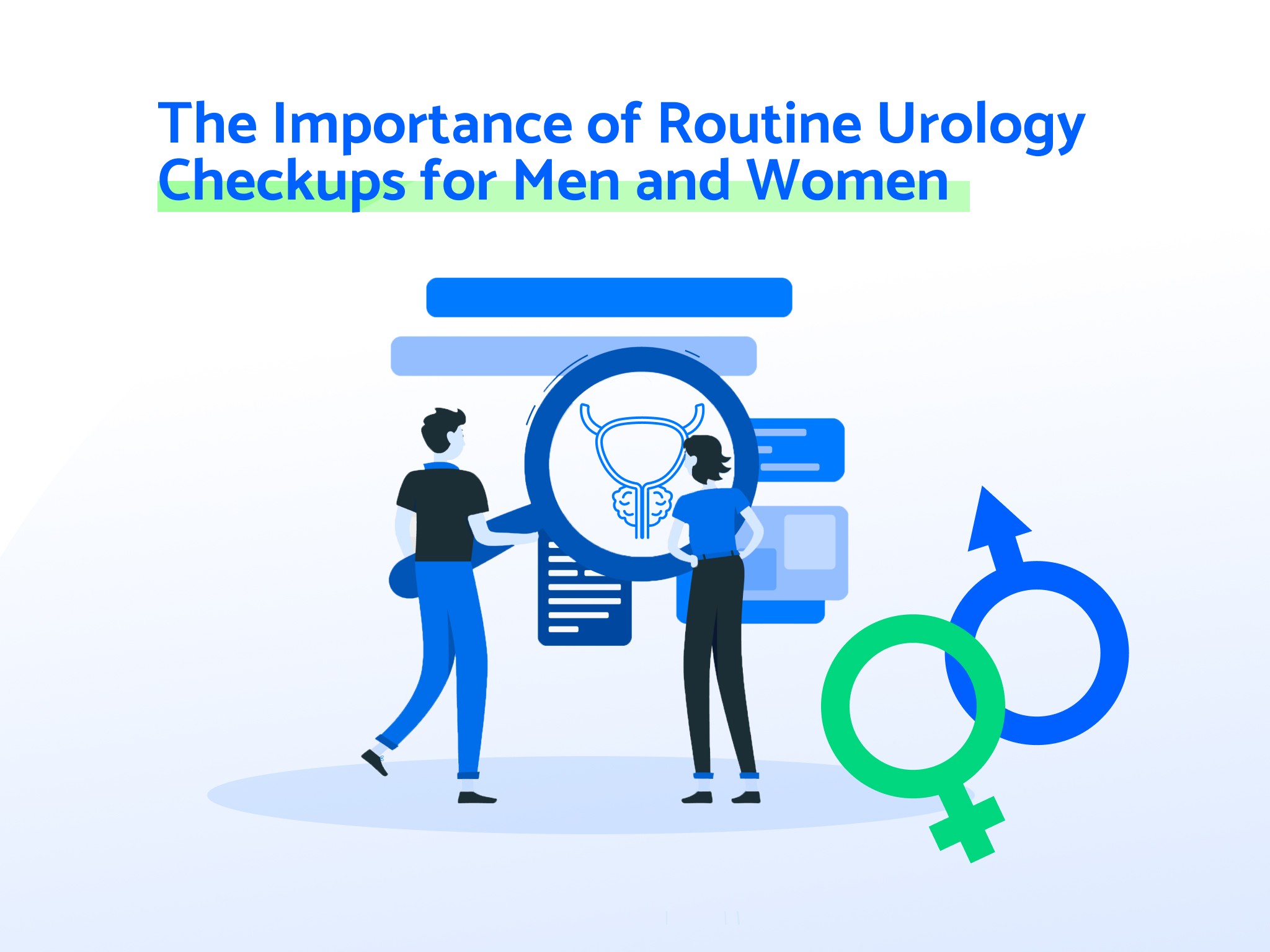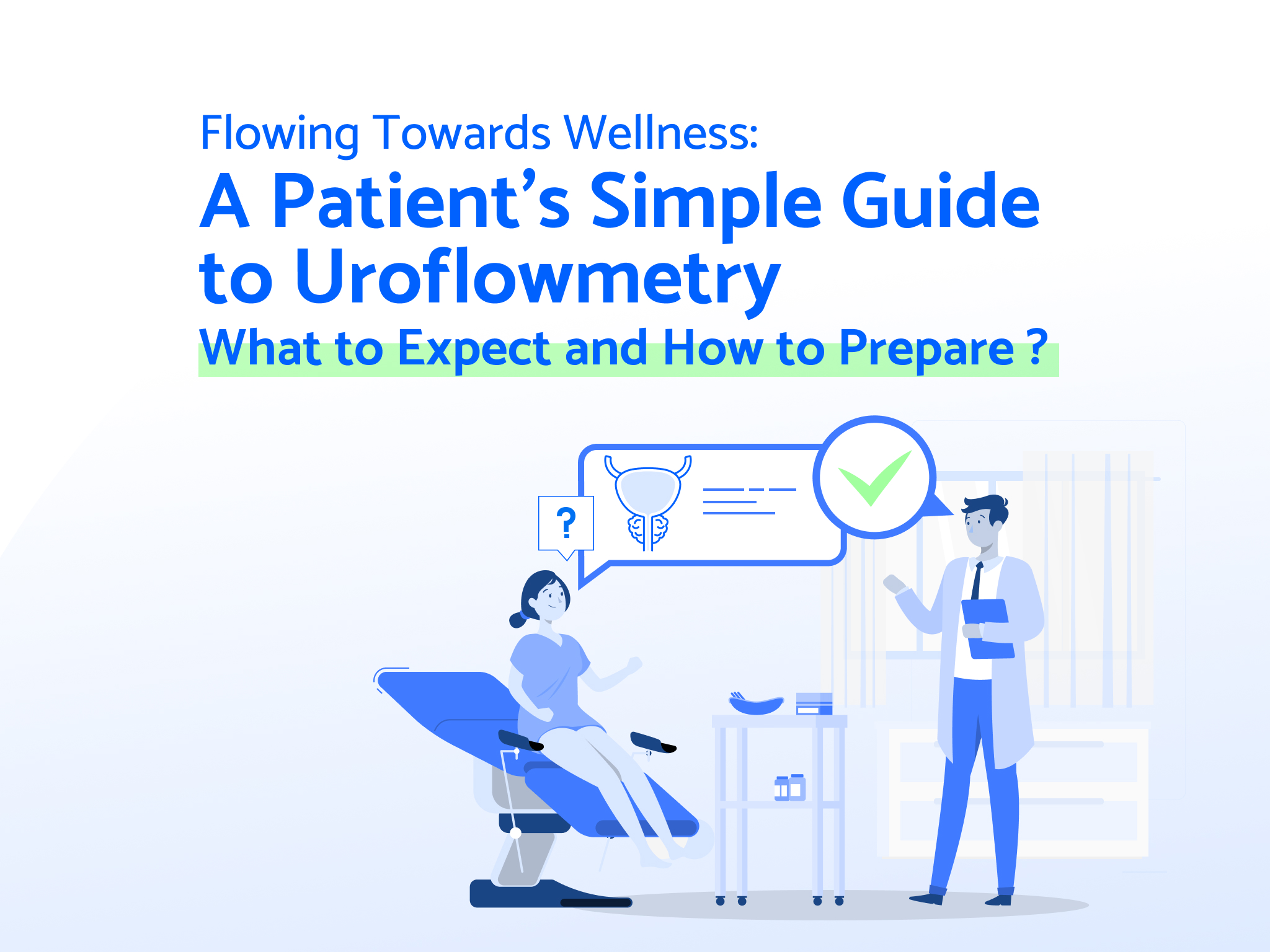What is the role of IoMT in our lives?
As we are living in an “online” world today, knowing notions like “IoT”, “Industry 4.0” and “Smart” is a step to the future. In our “present versions” which parts of technology are we using? Unless we work for a science institution or a big company we are in the group of the “clients” of technology. This sounds a little disturbing, but actually, it is an opportunity for potential innovations and entrepreneurs of the future world. In being able to come up with new ideas and solutions, firstly we have to learn some definitions of the technological world.
IoT is the short version of the Internet of Things. We understand from this definition of the Internet of Things that it has become a strategic tool of today’s world‘s technology. Now, let’s have a look at the main areas of usage of the Internet of Things.
IoT is basically a network of interconnected smart devices. The network enables users to control devices remotely through apps, while at the same time data is collected through strategic touchpoints. This data can later be processed and used for various purposes\[1].
IoMT is a practical application of IoT devices, combined with MedTech tools, that are used in healthcare. In this article, we explain what IoMT is and discuss how apps play an important role in its implementation and future developments. Thanks to the possibility of connected medical devices through networks, healthcare professionals can monitor patients’ key biometrics in real-time. This brings a series of benefits \[2].
The Benefits of IoMT
Typical healthcare IoT projects within hospitals/clinics include medical device monitoring, health team coordination, optimizing workflow operations while out-patient-focused solutions include patient monitoring, assisted living, elderly care, and pain medication management among others \[3].
Here we have some examples of the MedTech devices that are used in the healthcare system:
● **Remote patient monitoring.** Remote patient monitoring with continuous monitoring of assets connected to healthcare applications is possible in today’s technology. Battery life and general health of devices, which allows personalized patient care anytime, anywhere, and equips care teams with a nearly real-time view of the patient’s health and activities.
● **Connected pacemakers.** Connected pacemakers are small devices implanted in the chest or abdomen to treat patients whose hearts are beating too slowly or irregularly. The device gathers data such as transmission history, battery information, updates on physical activity, and vitals tracking, and can stimulate the heart muscle with electrical pulses that restore the heart’s rhythm to a normal rate \[4].
Stay tuned for the second part of “The Achievements of Internet of MedicaI Things (IoMT)”.
\[1], \[2] https://www.koombea.com/blog/what-is-iomt, Nov 7, 2020
\[3], \[4] https://iot-analytics.com/top-10-iot-applications-in-2020/, July 8, 2020





